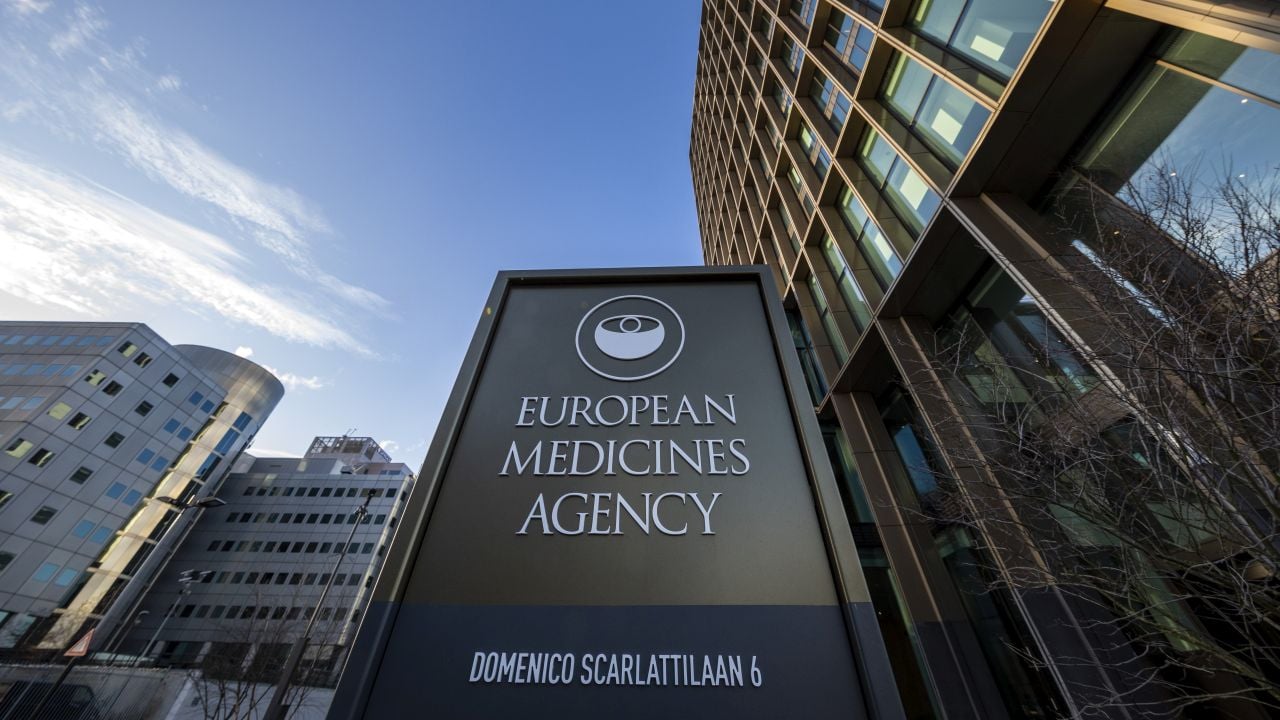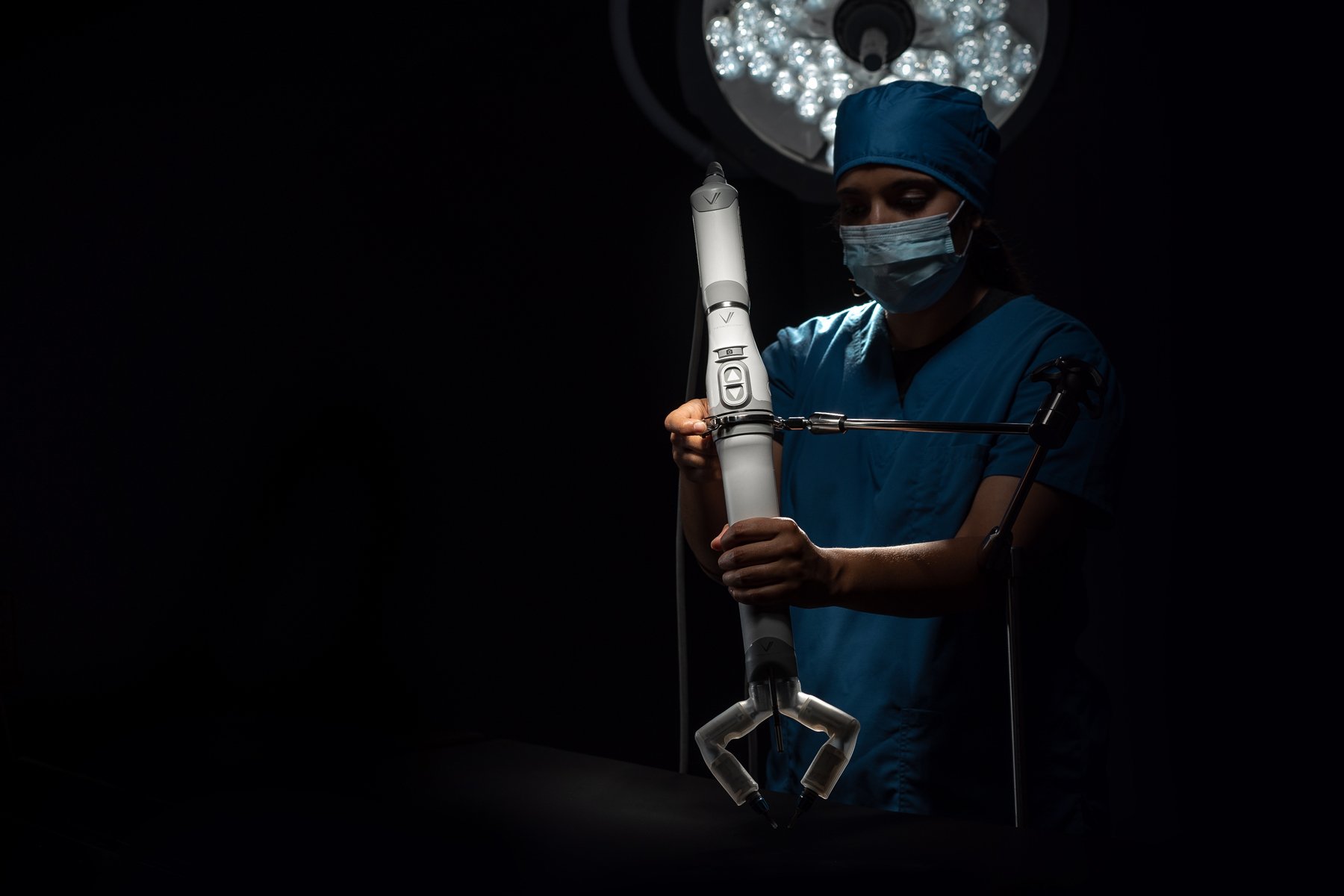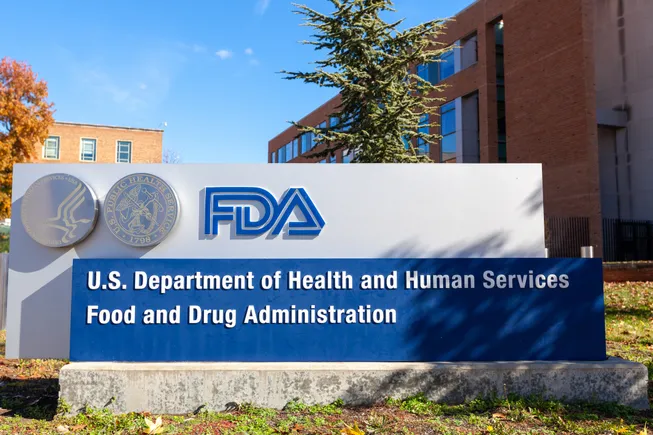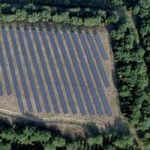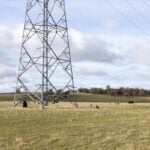Prim‐O‐Glucosylcimifugin Repairs Diabetic Tendon Injury by Rescuing Tendon Stem/Progenitor Cell Hypofunction Through AMPK Pathway Activation
Advanced Healthcare Materials, EarlyView.

Prim-O-glucosylcimifugin rescues high glucose-induced senescence in tendon stem/progenitor cells and restores their tenogenic differentiation potential by activating the AMPK pathway. Systematic administration or local delivery of prim-O-glucosylcimifugin functionally promotes endogenous tendon repair and regeneration capacity in diabetic mice.
Abstract
Patients with diabetes face an increased risk of developing several tendon disorders, such as tendinopathy, tendon rupture, and impaired tendon healing. Tendon stem/progenitor cells (TSPCs) play a crucial role in maintaining tendon tissue homeostasis and facilitating tendon healing. However, under diabetic conditions, TSPC dysfunction contributes to the development and progression of tendinopathy or tendon injury. Despite this, effective treatments remain limited. This study aims to investigate the potential of prim-O-glucosylcimifugin (POG) in preventing high glucose (HG)-induced senescence and restoring the impaired regenerative phenotype of TSPCs. The results reveal that HG stimulation induces TSPC senescence, characterized by impaired self-renewal capacity, increased expression of senescence markers, and reduced tenogenic differentiation potential. Notably, treatment with POG counteracts HG-induced senescence, restoring the impaired tenogenic differentiation capacity through AMP-activated protein kinase (AMPK) pathway activation. To assess the in vivo effect of POG, mesoporous silica nanoparticles are employed for the local delivery of POG. This approach efficiently promotes tendon healing in diabetic mice with partial-cut-induced tendon injury. Moreover, the combination of POG and biomimetic scaffold transplantation functionally rescues endogenous tendon regeneration and repair capacities in diabetic mice. In conclusion, pharmacological intervention with POG can rescue HG-induced TSPC hypofunction and promote tendon healing under diabetic conditions.
























































